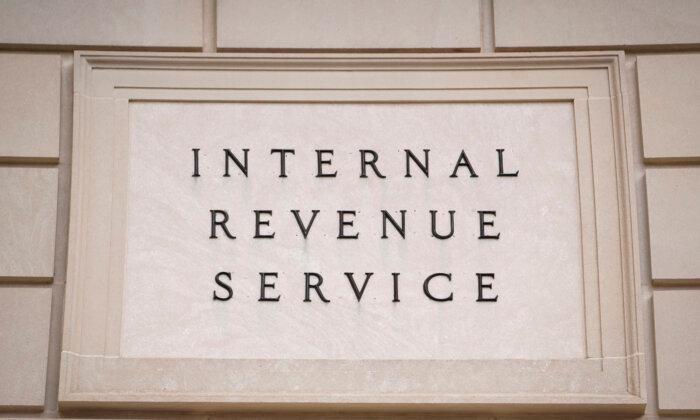The Internal Revenue Service (IRS) issued a reminder to taxpayers to pay their quarterly estimated tax payments due next month on time to avoid penalties.
- Households with two wage earners.
- Employees with non-wage income like dividends.
- People who failed to increase their tax withholding.
- Those who face complicated tax situations.
Some financial transactions may occur late in the year and can have an impact on taxes. Such transactions include lottery winnings, real estate sale profits, stock dividends, annual bonuses, and capital gain distributions from mutual funds, bonds, and stocks.
- IRS Direct Pay: Estimated tax payments can be made at no cost. At the end of the payment transaction, taxpayers will receive an email notification containing the payment confirmation number. Direct Pay is available Monday to Saturday from Midnight to 11:45 p.m. ET. On Sunday, the service is available from 7 a.m. to 11:45 p.m. ET. IRS Direct Pay will only accept two payments within a 24-hour period, each payment less than $10 million.
- IRS Online Account: Taxpayers can sign in and use the account to view their recently filed tax returns, make payments, and create payment plans.
- Electronic Filing Tax Payment System (EFTPS): This can be used to make estimated tax payments and schedule payments up to 365 days in advance.
Form 1099-K
The IRS also highlighted that Form 1099-K reporting, which was due for this tax year, would be delayed. The 1099-K form applies to people engaged in activities like gig work and casual sellers who make side or extra income by selling their services or goods.Starting this year, a new IRS rule required that third-party payment networks like PayPal, Venmo, Amazon, and Square issue Form 1099-K when a user receives more than $600 in gross sales from goods and services transactions in a single year. Earlier, the threshold of gross sales was over $20,000.
However, instead of $600, the IRS has now decided that “Forms 1099-K are only required to report transactions where gross payments exceed $20,000 and there are more than 200 transactions” for the year.
“This phased-in approach will allow the agency to review its operational processes to better address taxpayer and stakeholder concerns. Taxpayers should be aware that while the reporting threshold remains over $20,000 and 200 transactions for 2023, companies could still issue the form for any amount,” the IRS said.
“It’s important to note that the higher threshold does not affect the actual tax law to report income on your tax return. All income, no matter the amount, is taxable unless it’s excluded by law whether a Form 1099-K is sent or not.”
The agency noted that casual sellers who sold personal stuff like furniture, clothing, and other household items for a loss may also receive Form 1099-K. However, selling items at a loss is not taxable income, the IRS clarified.
Such taxpayers can zero out the payment on the tax return by reporting the transaction and then making an offsetting adjustment on Form 1040, Schedule 1. “This will ensure people who unnecessarily get these forms don’t have to pay taxes they don’t owe.”
“Selling items at a loss is not actually taxable income but would have generated many Forms 1099-K for many people with the $600 threshold,” the agency stated.
“This complexity contributed to the IRS decision to delay the additional year to provide the agency time to update its operations to make it easier for taxpayers to report the amounts on their forms.”
Any third-party transaction that is related to personal expenses like holiday gifts, birthdays, paying a family member for a household bill, or sharing the cost of a car ride should not be reported on Form 1099-K.
The IRS asked taxpayers who receive Form 1099-K to review them, verify the amount’s accuracy, and determine any deductive expenses related to such transactions that they may be able to claim while filing returns.







